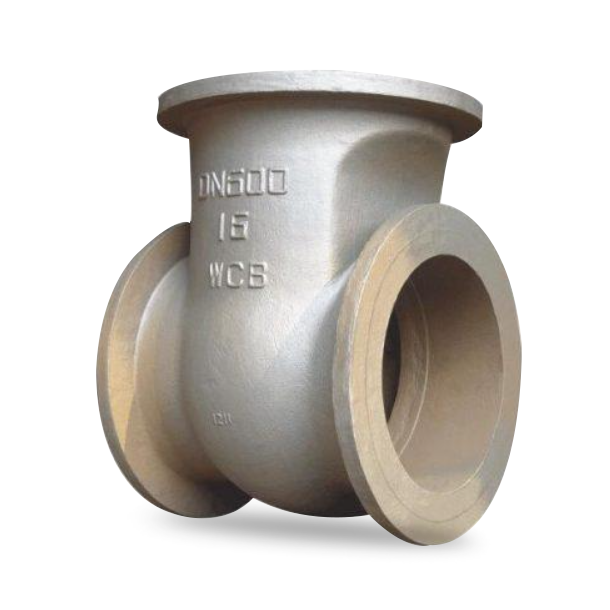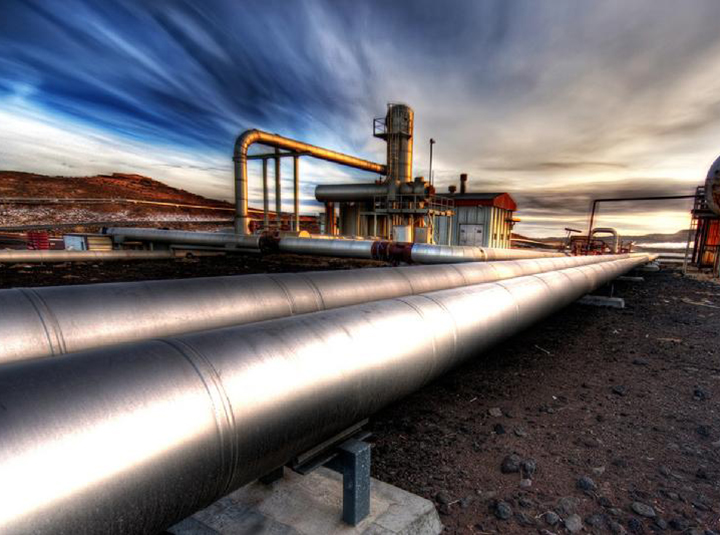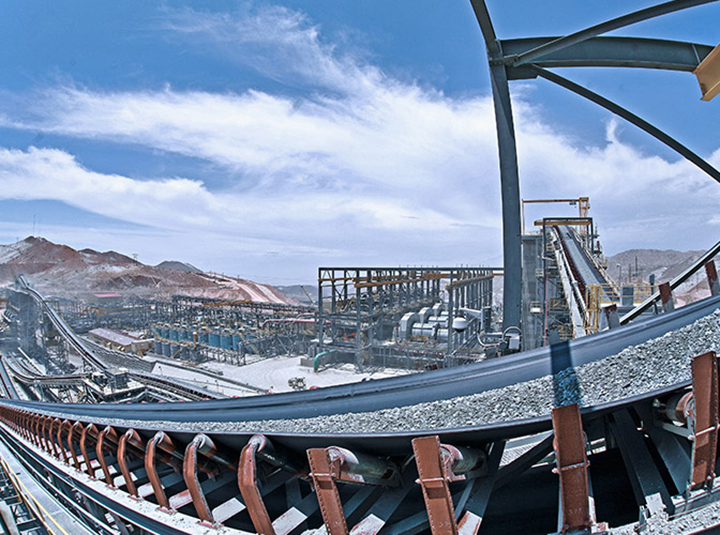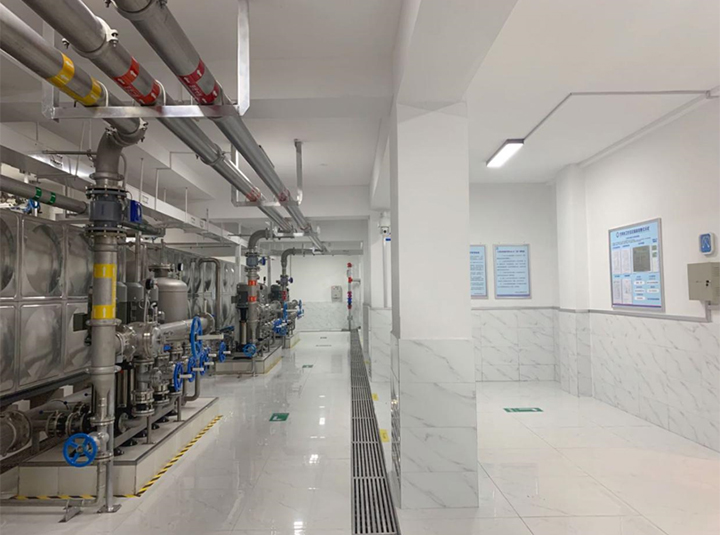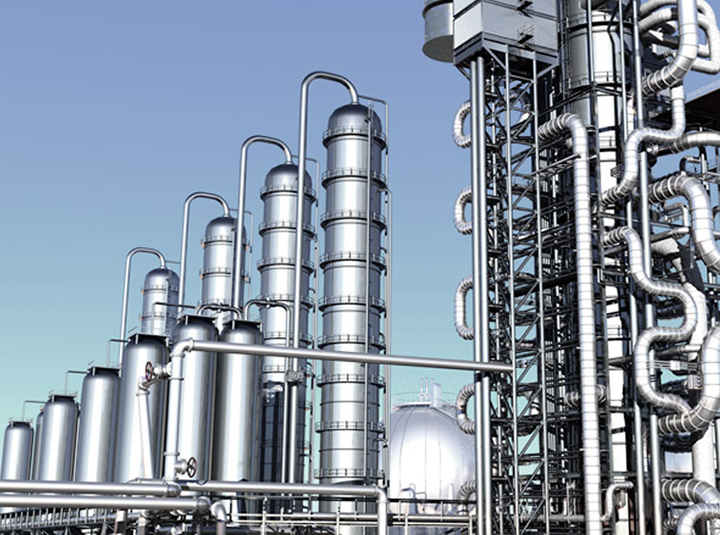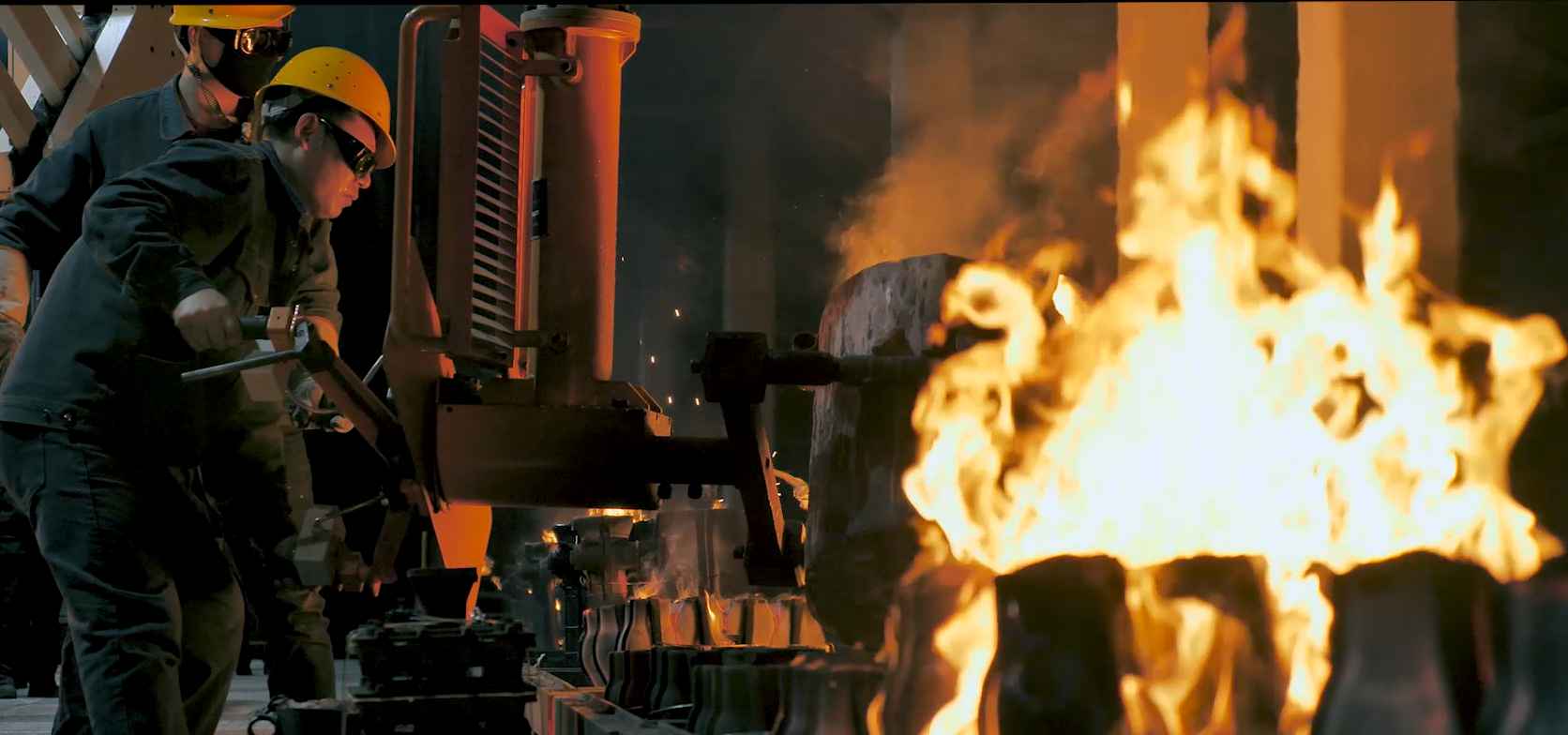Valve Basics
1, The basic parameters of the valve: nominal pressure PN, nominal diameter DN
2, The basic function of the valve: cut off the medium, adjust the flow, and change the direction of flow.
3, The main ways of valve connection are flange, thread, welding, clamping
4, The pressure of the valve - temperature rating: different materials, different operating temperatures, the larger allowable impact-free working pressure different
5, pipe flange standards are mainly two systems: the European system and the U.S. system.
The pipe flange connection sizes of the two systems are completely different and not intermateable.
It is more appropriate to differentiate by pressure rating:
European system for PN0.25, 0.6, 1.0, 1.6, 2.5, 4.0, 6.3, 10.0, 16.0, 25.0, 32.0, 40.0 MPa.
The American system is PN1.0(CIass75), 2.0( CIass150), 5.0( CIass300), 11.0(CIass600), 15.0( CIass900), 26.0( CIass1500), 42.0( CIass2500) MPa.
The main types of pipe flanges are: Integral (IF), Plate Plain Welding (PL), Necked Plain Welding (SO), Necked Butt Welding (WN), Socket Welding (SW), Screw (Th), Butt Welding Ring Loose Sleeve (PJ/SE)/(LF/SE), Flat Welding Ring Loose Sleeve (PJ/RJ), and Flange Cover (BL).
Flange sealing surface types are full plane (FF), sudden surface (RF), concave (FM) convex (M) surface, tongue and groove (T) groove (G) surface, ring joint surface (RJ) and so on.
6, the cast iron valve body is not suitable for use on the occasion that is
1) Water vapor or wet gas with high water content;
2) Flammable and explosive fluids;
3) Ambient temperature below -20℃;
4) Compressed gas

Control valve
1、 The control valve consists of the body and actuator and its accessories.
2, pneumatic thin-film actuators have two forms of positive and negative action; with the increase of signal pressure, the push rod is down for positive action, and vice versa, the push rod is up for negative action; usually accept the standard signal pressure of 20 ~ 100KPa; with the positioner when the higher pressure of 250KPa. basic stroke of six kinds (mm): 10; 16; 25; 40; 60; 100.
3、What are the characteristics of electric actuators compared with pneumatic actuators, and what kinds of output forms are there?
The drive source is electric power is simple and convenient, with high thrust and torque and high rigidity. However, the structure is complex, poor reliability. In small and medium-sized specifications the pneumatic is expensive. Commonly used in no gas source or do not need strict explosion-proof, flame-proof occasions.
Three types of outputs are available: angular stroke, straight stroke, and multi-turn.
4、What are the characteristics of a straight-through single-seat adjustment valve? Applied on what occasions?
1) The drain flow is small because there is only one spool to ensure easy sealing. The standard drain flow is 0.01% KV, further design can be used as a cut-off valve.
2) The permissible differential pressure is small because the unbalanced force thrust is large. △P of DN100 valve is only 120KPa.
3) small flow capacity. DN100 KV is only 120. should be used in small leakage, not much differential pressure occasions.
5、What are the characteristics of a straight-through double-seated adjustment valve? Applied on what occasions?
1) The permissible differential pressure is large because it can offset many unbalanced forces. △P of DN100 valve is 280KPa.
2) Large circulation capacity. 160 KV for DN100.
3) The leakage is large because two spools cannot be sealed at the same time. The standard leakage rate is 0.1% KV, which is 10 times that of a single-seat valve.
Mainly used in high-pressure difference, leakage requirements are not strict occasions.

6、What are the main advantages of sleeve adjustment valves?
Combines the advantages of single and double seat valves. Mainly:
1) Good stability. Because of the valve plug throttling instead of spool valve seat throttling, and the valve plug is equipped with a balance hole can reduce the medium acting on the valve plug's unbalanced force. At the same time, the sleeve and the valve plug guiding surface, coupled with small changes in the unbalanced force, so it is not easy to cause the spool vibration.
2) Interchangeability and versatility. Different flow coefficients and different flow characteristics can be obtained by simply replacing the sleeve.
3) Large allowable differential pressure and small effect of thermal expansion. The balancing principle of sleeve valve with balancing hole is the same as that of double-seat valve, so the allowable differential pressure is large. And because the sleeve, valve plug made of the same material, temperature changes caused by the expansion is basically the same.
4) The sleeve provides two kinds of throttling windows: large openings and small holes (injection type). The latter has a noise reduction, vibration damping effect, and further improved into a specialized low-noise valve.
Suitable for applications where the pressure difference between the front and rear of the valve is large and the noise requirement is low.
7, in addition to single and double seat valves and sleeve valves, what other valves have a regulating function?
Diaphragm valves, butterfly valves, O-ball valves (mainly cut off), V-ball valves (large adjustment ratio, with shear effect), eccentric rotary valves.
8, what is the adjustable ratio of the regulating valve R, ideal adjustable ratio, the actual adjustable ratio?
The ratio of the larger flow rate to the smaller flow rate that a control valve can control is called the adjustable ratio R.
When the pressure difference between the two ends of the valve is kept constant, the ratio of the larger flow rate to the smaller flow rate is called the ideal adjustable ratio.
In practice, the pressure difference between the two ends of the valve is variable, and the adjustable ratio is called the actual adjustable ratio.
9, what is the flow coefficient C, Cv, KV value of the control valve?
The size of the flow capacity of a control valve is expressed as a flow coefficient.
1) Engineering unit system Cv definition: when the regulator valve is fully open, the pressure difference between the valve and the front and back is 1kgf/cm2, the temperature of 5 ~ 40 ℃ of the water per hour through the number of cubic meters.
2) British system of units C definition: regulating valve fully open, the pressure difference between the front and rear of the valve is 1bf/in2 (1 degree 60. F of water per minute through the number of gallons of U.S..
3) International System of Units KV: When the regulator valve is fully open, the pressure difference between the front and rear of the valve is 100kPa, and the temperature is 5~40℃, the water passes through the number of cubic meters per hour.
Cv = 1.17 KV
KV = 1.01 C

10、The output force of the actuator should meet which parts of the force required by the regulating valve?
1) Overcome the static unbalance force on the spool.
2) Provide tightening pressure for the seat load.
3) Overcome packing friction.
4) Additional forces required for specific applications or structures (e.g. bellows, soft seals, etc.).
11、What does flow-open and flow-closed of the regulating valve refer to?
It is for the direction of media flow, and has nothing to do with the mode of action of the regulating valve air open, air closed. The importance of the flow direction is that it affects the stability, leakage and noise.
Definition: in the throttle port, the medium flow direction and the valve open direction is called flow open: vice versa, called flow closed.
12、Which valves need to be flow direction selection? How to select?
Flow direction selection is required for single-seal type regulating valves such as single-seat valves, high-pressure valves, and single-seal sleeve valves without balancing holes.
Flow-open and flow-closed have their own advantages and disadvantages. Flow-open type of valve work is more stable, but the self-cleaning performance and sealing is poor, short life; flow-closed type of valve life, self-cleaning performance and sealing is good, but when the diameter of the valve stem is smaller than the diameter of the valve spool when the stability is poor.
Single-seat valves, low-flow valves, and single-sealed sleeve valves are usually selected as flow-open, and flow-closed when scouring is severe or when self-cleaning is required. Two-position fast-opening characteristic regulating valves are selected as flow-closed type.

- What are the three main factors to be considered in selecting an actuator?
1) The output of the actuator should be greater than the load of the control valve and reasonably matched.
2) To check whether the allowable differential pressure specified for the regulating valve meets the process requirements when the standard combination is used. The unbalance force on the spool should be calculated for large differential pressure.
3) Whether the response speed of the actuator meets the process operation requirements, especially the electric actuator.
14, to determine the caliber of the regulating valve seven steps are?
1) Determine the calculated flow rate - Qmax, Qmin
2) Determine the calculated differential pressure - according to the system characteristics of the selected resistance ratio S value, and then determine the calculated (valve fully open) differential pressure;
3) Calculate the flow coefficient - choose the appropriate calculation formula chart or software to find the max and min of KV;
4) KV value selection - according to the max value of KV in the selected product line closer to a grade of KV, to get the initial selection of caliber;
5) Openness checking - the requirements of Qmax ≯ 90% of the valve opening; Qmin ≮ 10% of the valve opening;
6) The actual adjustable ratio check - general requirements should be ≮ 10; R actual > R requirements
7) Caliber determination - if not qualified to re-select the selected KV value, and then verify.
15、What are the auxiliary devices (accessories) of the pneumatic control valve? What is the role of each?
1) Valve positioner - used to improve the operating characteristics of the control valve to achieve the correct positioning;
2) Valve position (travel) switch - displays the travel working position of the upper and lower limits of the regulating valve;
3) Pneumatic hold position valve - maintains the valve in its current position in the event of an air supply failure;
4) Solenoid valve - to realize the automatic switching of the gas circuit. Single gas control with two-position three,; double gas control with two-position five;
5) Manual mechanism - manual operation can be switched in case of system failure;
6) Pneumatic Relay - Enables pneumatic thin film actuators to move faster and reduce transfer time;
7) Air filtration pressure reducer - for air purification and pressure regulation;
8) gas storage tank - gas source failure, so that the valve can continue to work for a period of time, generally need to be matched with three protection.
16、What circumstances need to use the valve positioner?
1) Friction is large, the need for precise positioning occasions. For example, high temperature, low temperature control valves or control valves with flexible graphite packing;
2) Slow processes where the response speed of the control valve needs to be improved. For example, regulation systems for parameters such as temperature, liquid level, and analysis.
3) Occasions where it is necessary to increase the output force of the actuator and the cut-off force. For example, single-seated valves with DN≥25 and double-seated valves with DN>100. Where the pressure drop at both ends of the valve △P>1MPa or the inlet pressure P1>10MPa.
4) The split-range adjustment system and adjustment valve operation sometimes need to change the gas open, gas closed form of the occasion.
5) The need to change the flow characteristics of the control valve.



